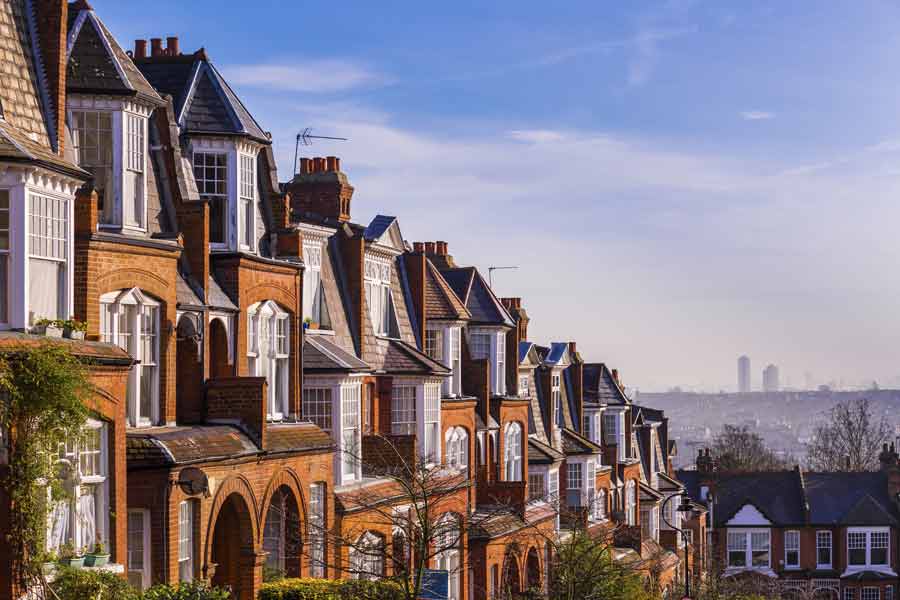13
September 2017
Homes in Over Half of the UK are More Affordable Now Than in Pre-Crash 2007
Yorkshire Building Society has published a report examining the change in the ratios between house prices and earnings across the country since the financial crash in 2007-08.
Over the past ten years, the affordability gap between the easiest and most difficult areas of the country to buy a house in has almost doubled. Affordability is measured by comparing average annual salaries to average property prices in any given area.
Overall, across Britain, affordability has improved by +0.6%, thanks to changes of +18.9% and +17.2 % in Scotland and Wales respectively mitigating the effect of the -3.3% change in England.
House price growth continues to far outstrip wage growth in London and the South East of England with some areas seeing a decline in affordability of as much as -61%. Within London, Haringey and Westminster fared worst, with changes of -60.2% and -55.9% respectively. Westminster is officially the least affordable place to live in the country, with the average property (at £1,034,073) costing 24.06 times the average annual salary.
However, in 54% of local authority areas in the UK houses are actually more affordable now than they were a decade ago. Several areas that saw improved affordability were in Scotland, including East Ayrshire, the most affordable place to buy a house in the country. A house in East Ayrshire will cost, on average, 3.1 times the average annual salary in the area - a grand total of just £91,024.
With the change in affordability broken down by regions of the country, the familiar North-South divide is shown to be more entrenched than ever.
YBS’ Chief Economist Andrew McPhilips said:
“Unsurprisingly, the data shows that there is a distinct divide between the north and south of the country when it comes to housing affordability, but this has become even more pronounced since the financial crash.
“Across London and large swathes of southern England, which were already some of the most unaffordable parts of the country, it has become increasingly difficult for first-time buyers and those wanting to move up the housing ladder to be able to buy their first or next home.
“However, the north of England, Wales and Scotland present a different picture entirely, with many places, such as Edinburgh, Peterborough and Birmingham, becoming more affordable than they were before the credit crunch.
“While some northern cities, such as Manchester, are less affordable than they were in 2007, in much of the north of England, Scotland and Wales, the gap between earnings and house prices is around a third of the average for London.”
Some economists and housing experts are pointing to this data as a potential sign of London’s dwindling attractiveness for graduates, as all but the highest earners become slowly priced out.
Lucian Cook at Savils, for example, said: “The differential is a risk to London’s competitiveness in terms of its attractiveness to talent. Graduates will look at the other major employment centres and think their housing costs will be lower. They are less likely to start their career in London than in Bristol or Birmingham.”
However, it is unclear how much this reduction in house price affordability is actually likely to deter graduates from moving to the capital. For the most part, graduates are more likely to be renting than buying, and the ONS’ latest private rental cost index shows that rent prices in London (while still comparatively high) grew by less (1.2%) than the nationwide average (1.6%) in the 12 months to August this year.





